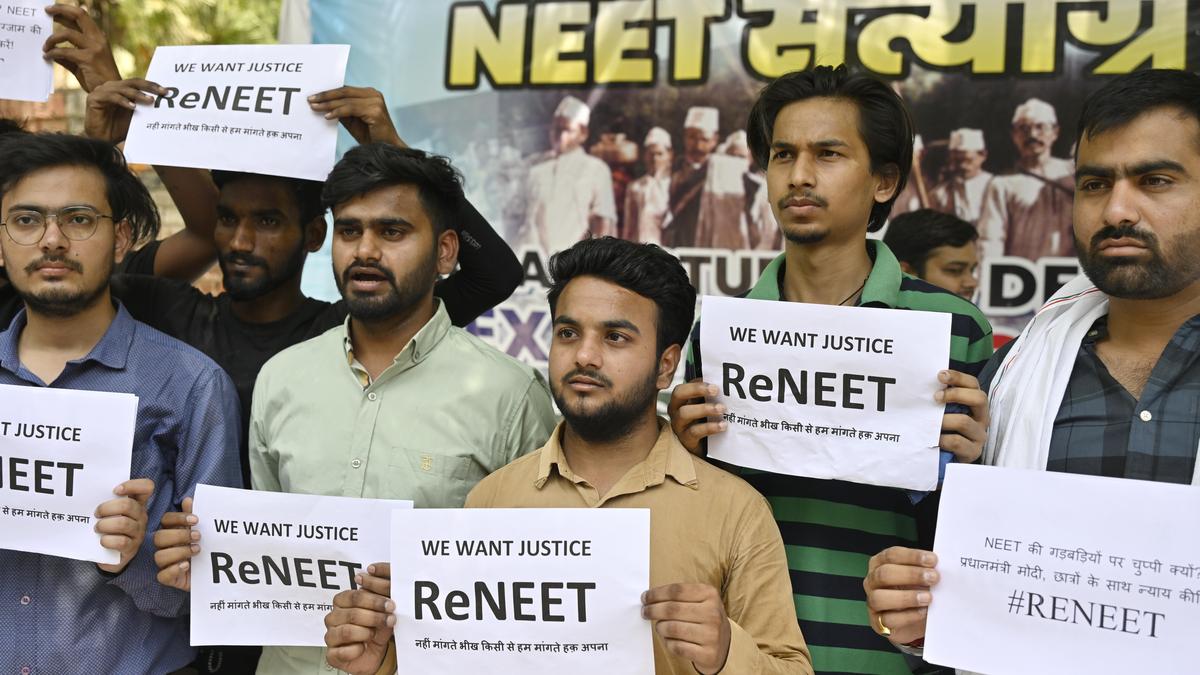On May 5, after a tense 3.2 hours of answering 180 questions, 18-year-old Jind resident Shubham Lohan, expected a near perfect score of 705/720, in what would be his second attempt at the National Eligibility cum Entrance Test (NEET) that qualifies students to study medicine. Lohan says he attempted the test again this year because he hoped to improve his score for an MBBS in one of the 20 premier All India Institutes of Medical Sciences (AIIMS) that offer nearly 2,000 seats.
He quickly calculated his possible score based on the answer key provided by his coaching class. The test is multiple-choice-based, and scores are calculated through a computerised system based on Optical Mark Recognition (OMR) technology. “I was expecting to get admitted to AIIMS Jodhpur or Rishikesh,” he says.

But a month later, when Lohan received the mark sheet, he was shocked. “My score was 705 (out of 720), but my rank was inflated by almost four times, to 1,177,” he says. “I belong to the General Quota, so I have next to no expectations of bagging a seat in AIIMS,” says Lohan, who has dedicated two years after school towards NEET preparation.
He was hoping for a rank of about 300 based on the previous years’ records. Over 2.3 million students like Lohan appeared for NEET.
Of these, 67 got full marks, as revealed in the list of top 100 candidates that was attached in the public release. Since this had never happened before, students and their parents were thrown into confusion beca.
















